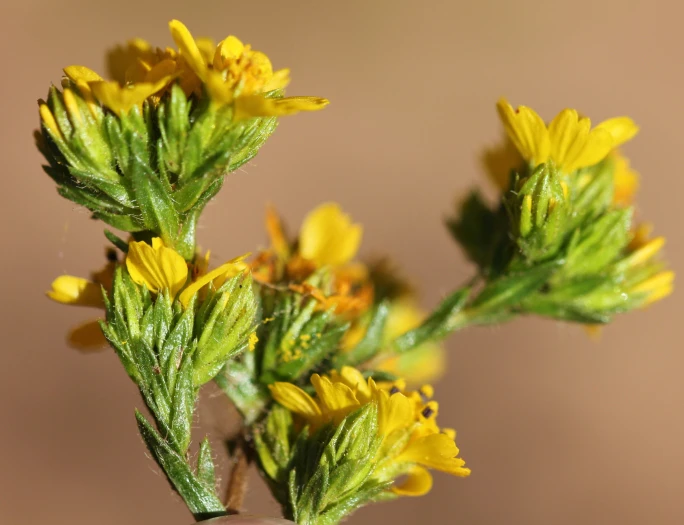Clustered Tarweed
(Deinandra fasciculata)
Clustered Tarweed (Deinandra fasciculata)
/
/

Millie Basden
CC BY 4.0
Image By:
Millie Basden
Recorded By:
Copyright:
CC BY 4.0
Copyright Notice:
Photo by: Millie Basden | License Type: CC BY 4.0 | License URL: http://creativecommons.org/licenses/by/4.0/ | Rights Holder: Millie Basden | Publisher: iNaturalist | Date Created: 2017-06-09T10:14:40-07:00 |





















































Estimated Native Range
Climate Requirements for Hong Kong, Hong Kong, China
| This Plant | Your Site | Plant Suitability for Your Location | ||
|---|---|---|---|---|
| • Precipitation | 3" - 34" | 87" | Aquatic | Aquatic |
| • High Temp. | 68°F - 109°F | 88°F | Your summer temperatures are normal for this plant. | Excellent |
| • Low Temp. | 22°F - 54°F | 55°F | OK, but your winter temperatures are warmer than normal for this plant | OK |
This plant may not grow well at your location - your precipitation is too high.
Summary
Deinandra fasciculata, commonly known as Clustered Tarweed, is an annual herb that is native to the coastal sage scrub, grasslands, and chaparral of California, extending into Northwest Mexico. It can grow erect up to 100 cm (40 inches) in height, with thin, branched stems. The foliage is distinctive, with upper leaves resembling short needles nestled against the stem, approximately 1 centimeter long, and larger lower leaves reaching up to 15 centimeters (6 inches). From May through October, it produces flower heads with a center of six yellowish disc florets, each with black stamens, and surrounded by five yellow ray florets with three teeth, the central tooth being the smallest. The disc flowers are unusually large for the genus, making them visible to the naked eye.
Clustered Tarweed is appreciated for its drought tolerance and its ability to thrive in poor soils, making it suitable for xeriscaping and restoration projects. Its yellow flowers add a splash of color to arid landscapes and can be particularly attractive to bees, which are its primary pollinators. The seeds are an important food source for local birds and small mammals. In cultivation, Clustered Tarweed requires full sun exposure, minimal water once established, and well-drained soils. It is often used in native plant gardens and as part of wildflower mixes for naturalistic landscaping.CC BY-SA 4.0
Clustered Tarweed is appreciated for its drought tolerance and its ability to thrive in poor soils, making it suitable for xeriscaping and restoration projects. Its yellow flowers add a splash of color to arid landscapes and can be particularly attractive to bees, which are its primary pollinators. The seeds are an important food source for local birds and small mammals. In cultivation, Clustered Tarweed requires full sun exposure, minimal water once established, and well-drained soils. It is often used in native plant gardens and as part of wildflower mixes for naturalistic landscaping.CC BY-SA 4.0
Plant Description
- Plant Type: Herb
- Height: 1-3 feet
- Width: 0.333-1 feet
- Growth Rate: Moderate
- Flower Color: Yellow
- Flowering Season: Fall, Spring, Summer
- Leaf Retention:
Growth Requirements
- Sun: Full Sun
- Water: Very Low
- Drainage: Fast
Common Uses
Bee Garden, Butterfly Garden, Drought Tolerant, Low Maintenance
Natural Habitat
Native to coastal sage scrub, grasslands, and chaparral of California and Northwest Mexico
Other Names
Common Names: Fascicled Spikeweed, Spärrklibbört
Scientific Names: Deinandra fasciculata, Hemizonia fasciculata, Hemizonia ramosissima, Deinandra fasciculata var. fasciculata, Hemizonia fasciculata subsp. fasciculata, Hemizonia fasciculata subsp. ramosissima, Deinandra fasciculata var. ramosissima, Hemizonia fasciculata var. ramosissima, Hartmannia glomerata
GBIF Accepted Name: Deinandra fasciculata (DC.) Greene